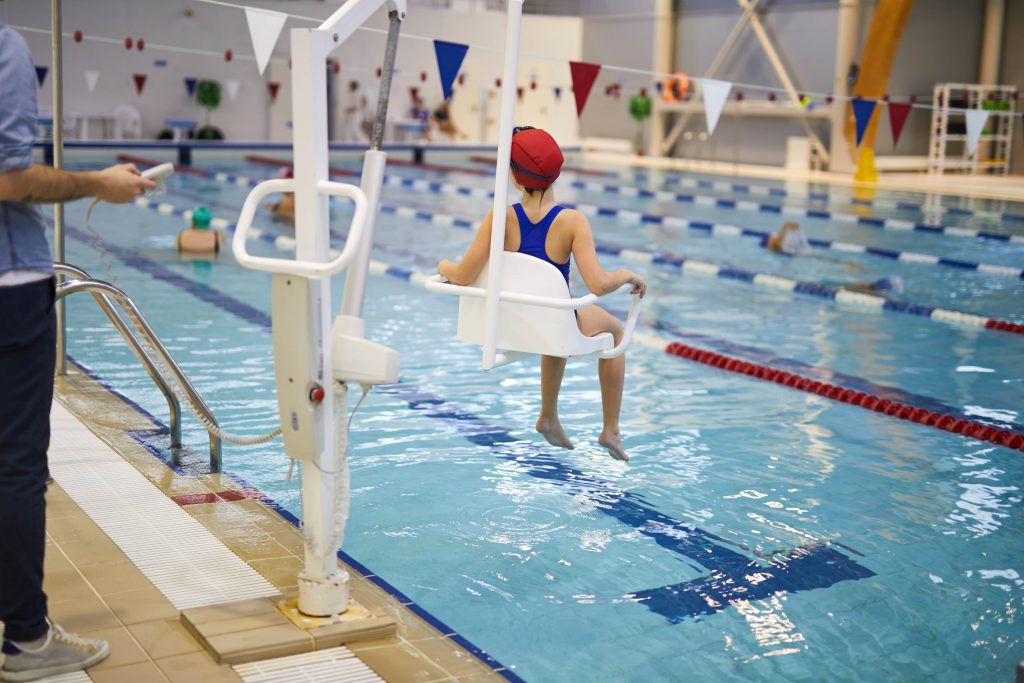Why all public spaces should be designed with accessibility in mind
Public spaces should mean just that – locations meant for everyone. This considered, it’s essential that public spaces factor in accessibility requirements in their design and the amenities which they offer. In this blog, we look at why.
Reduced mobility can affect any number of people, at any time of their lives. For this reason, accessibility is of vital importance in public areas. This is particularly relevant for meeting the needs of people with disabilities and those with mobility issues. In order for everyone to have an opportunity to play an active role in the community, we should continue to break down the barriers which poor accessibility can present.
Time to ramp up accessibility
One of the most pressing issues seems to be access ramps, or the lack of them. For wheelchair users specifically, ramps can represent the only realistic way for them to get safely in and out of a building, as well as move between levels once inside. And for those with visual impairments, ramps can also be a vital accessibility feature which allows them to negate the problems posed by steps.

From A to B
Public transport has made great strides in making all manner of routes and locations more accessible to those with disabilities. Again, ramps have been crucial in making access to transport easier, especially where buses are concerned. These ramps automatically lower to the ground in order to make it easier for wheelchair users and those who struggle with stairs to make their way onto the vehicle. Many train stations have installed lifts and marked out places on the platform which are designed for those using wheelchairs or mobility scooters.
What is a public place?
So, where does the responsibility lie in terms of improving accessibility in public places? For a start, we should define what exactly a public place is. A public space is not necessarily run by local authorities. This term can refer to everything from shops and restaurants to hospitals and libraries. Owners and administrators are obliged to make these spaces accessible for all, and although we have come a long way, more could be done.
Getting it right
A good deal of thought and planning typically goes into making public spaces accessible. For example, while lifts can be a great help, to offer support for blind people and those who are partially sighted, they should offer braille. Ramps are another important feature, but if they lack railings they can fail to provide enough support for their users. Designated parking spaces in public areas can go a long way towards ensuring access for visitors with reduced mobility, but unless they are located close to an entrance, they fail to make access as easy as it should be. Disabled toilets are another area in which progress has been made, but there is certainly room for improvement with the number of facilities offered.
Attention to detail
It might be difficult for those with full mobility, or those who have no friends or family with reduced mobility, to appreciate or notice functional accessible features on a day to day basis. Those who are visually or hearing impaired are helped when crossing the road by the traffic system in the UK, which includes sound and light signals – if you have ever wondered what the loud bleep is when the green man appears, now you know! There are also floor markings which are raised from the ground to help signal to the visually impaired when a pavement is about to finish.

The view ahead
Going forward, more buildings need to be planned with accessibility in mind from the outset of the design stage. But the fact remains that many existing public spaces need to be enhanced to bring their level of accessibility up to scratch.
With an ageing population, if we fail to take these measures now, we could be faced with a larger problem in years to come. These improvements can ideally go hand in hand with increasing the availability of accessible housing in the UK, breaking down the barriers both inside and outside the home. That’s the way to make a truly universal, accessible environment for all.

